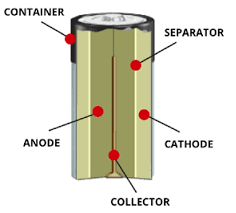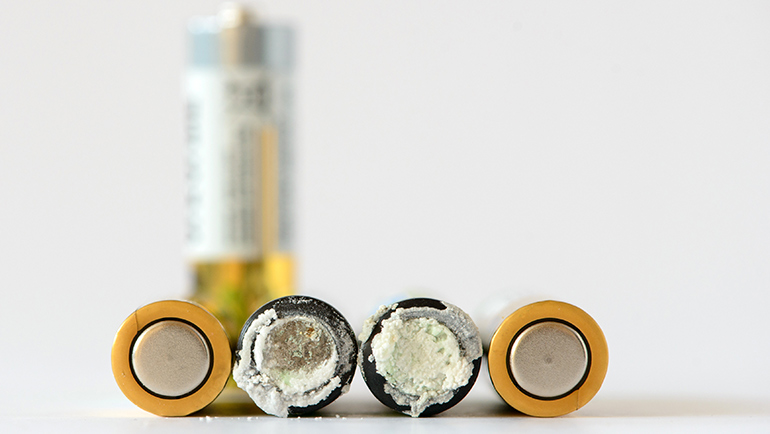Batteries From The Inside Out
Learn to better understand these common household items.
What are they made of?
Batteries are made of manganese, zinc, graphite, and potassium. Some of these materials are toxic, which is why you should never open a battery. The materials cause a chemical reaction. The battery converts chemical energy into electrical energy. Batteries transfer energy by having two metal caps (usually lead) on each side. Then the energy goes through the caps, and into whatever, then it comes back through and keeps the reaction going. That is how batteries work.

Are batteries bad?
Why are batteries bad? Well, they pollute the environment by releasing toxic gasses. They toxify the ground, air, and eventually us humans. This happens because they have a lack of use, and begin to leak battery acid, which is made of diluted sulfuric acid (H2SO4). This is because hydrogen builds up when batteries are not used, and the hydrogen breaks through the battery seals.
It is important to know how batteries work because we use them so often. Batteries are used for thousands of items and most couldn’t survive without them.
RELATED STORIES:
https://www.qrg.northwestern.edu
https://www.explainthatstuff.com
TAKE ACTION:
Make sure to throw old batteries in the recycling so they don’t leak in landfills.















